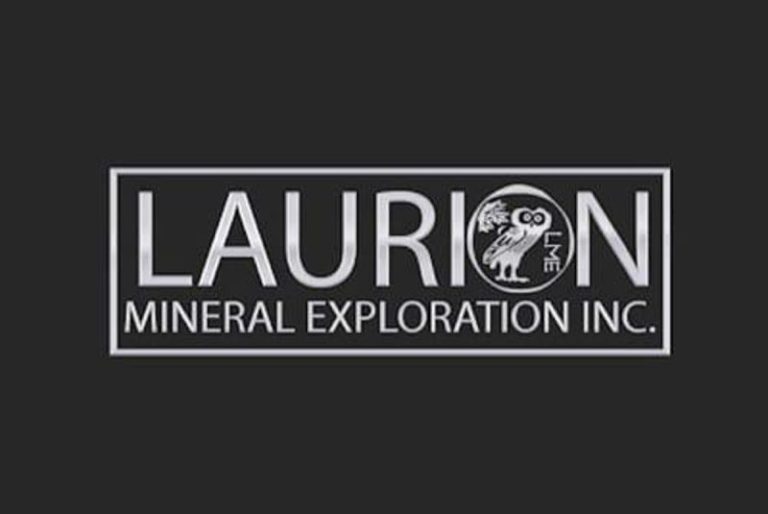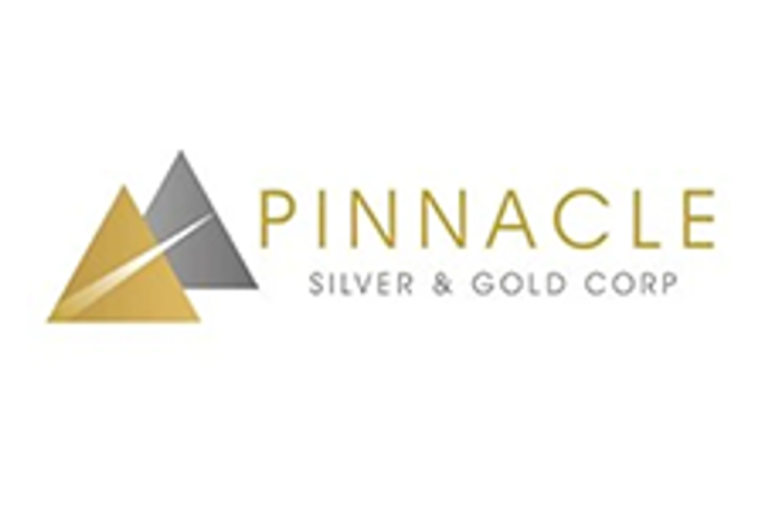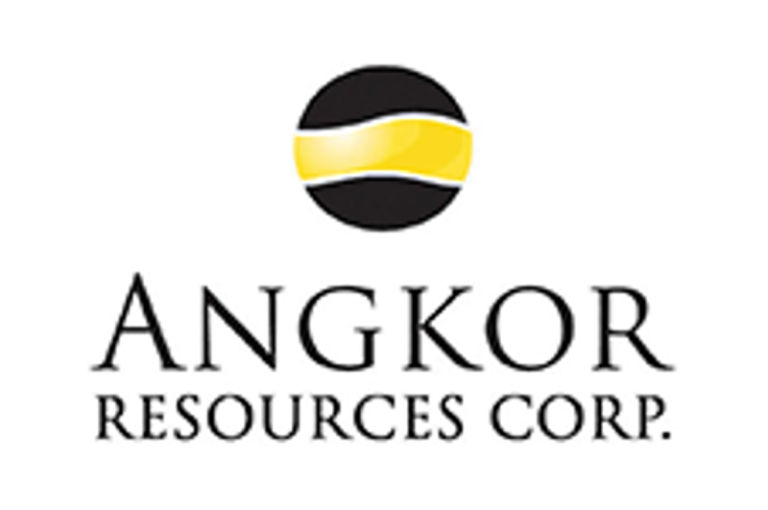(TheNewswire)
THIS NEWS RELEASE IS INTENDED FOR DISTRIBUTION IN CANADA ONLY AND IS NOT INTENDED FOR DISTRIBUTION TO UNITED STATES NEWSWIRE SERVICES OR DISSEMINATION IN THE UNITED STATES.
TORONTO, ONTARIO (December 17, 2025) TheNewswire – Laurion Mineral Exploration Inc. (TSX.V: LME|OTC: LMEFF|FSE: 5YD) (‘LAURION’ or the ‘Corporation’) today announced that it is proposing to complete a flow-through private placement on a non-brokered basis (the ‘Private Placement’). The Corporation intends to raise up to approximately $1.6 million in gross proceeds by issuing up to approximately 4,848,485 ‘flow through’ units (‘FT Units’) at a price of $0.33 per FT Unit.
Each FT Unit will consist of one common share of the Corporation to be issued as a ‘flow-through share’ (as defined in subsection 66(15) of the Income Tax Act (Canada) (the ‘Tax Act‘)) and one-half of one common share purchase warrant (each whole warrant, a ‘Warrant‘). Each Warrant will entitle the holder thereof to acquire one non flow-through common share of the Corporation at a price of $0.39 per share for a period of 24 months from the date of issuance.
The gross proceeds raised from the FT Units will be used to incur eligible ‘Canadian exploration expenses’ (‘CEE‘) at the Corporation’s flagship Ishkõday Project that qualify as ‘flow-through mining expenditures’, as such terms are defined in the Tax Act. LAURION intends to allocate the proceeds from the Private Placement to advance the Corporation’s 2026 drill program on the Ishkõday property, focusing on the gold and base metal A-Zone to the McLeod and CRK corridor (approximately 1.9 km strike) and the proximal orogenic Sturgeon River Mine area, located within the 6.0 x 2.5 km mineralized corridor. The program will include systematic in-fill and step-out drilling to define continuity of known mineralized envelopes and test depth and strike extensions where mineralization converges. LAURION’s exploration strategy aims to build resource potential within the A-Zone and Sturgeon River Mine corridors.
The closing of the Private Placement, as well as the payment of any finders’ fees in connection therewith, are subject to the approval of the TSX Venture Exchange (the ‘TSXV‘). The Corporation intends to close the Private Placement on or about December 19, 2025, subject to receipt of all necessary regulatory approvals. In connection with the Private Placement, the Corporation may pay finders’ fees. All securities issued pursuant to the Private Placement will be subject to, among other things, a hold period of four months and one day in accordance with applicable Canadian securities laws.
Qualified Person
The technical contents of this release were reviewed and approved by Jean-Philippe Paiement, PGeo, MSc, a consultant to LAURION and a Qualified Person as defined by National Instrument 43-101 – Standards of Disclosure for Mineral Projects.
About LAURION Mineral Exploration Inc.
The Corporation is a mid-stage junior mineral exploration and development company listed on the TSXV under the symbol LME and on the OTCPINK under the symbol LMEFF. LAURION now has 274,097,283 outstanding shares, of which approximately 73.6% are owned and controlled by insiders who are eligible investors under the ‘Friends and Family’ categories.
LAURION’s emphasis is on the exploration and development of its flagship project, the 100% owned mid-stage 57 km2 Ishkõday Project, and its gold-rich polymetallic mineralization.
LAURION’s chief priority remains maximizing shareholder value. A large portion of the Corporation’s focus in this regard falls within the scope of its mineral exploration activities and more specifically, advancing the Ishkõday Project. A consequence of LAURION’s success and advancement over the past several years is that the Corporation has become positioned as an acquisition target for appropriate potential acquirors. Accordingly, the Corporation’s Board of Directors is aware that possible strategic alternatives and transactional opportunities may arise and/or could be procured in the short or medium terms. The Corporation will promptly issue a press release if any material change occurs.
FOR FURTHER INFORMATION, CONTACT:
LAURION Mineral Exploration Inc.
Cynthia Le Sueur-Aquin – President and CEO
Tel: 1-705-788-9186 Fax: 1-705-805-9256
Douglas Vass – Investor Relations Consultant
Email: info@laurion.ca
Website: http://www.LAURION.ca
Follow us on: X (@LAURION_LME), Instagram (laurionmineral) and LinkedIn ()
Caution Regarding Forward-Looking Information
This press release contains forward-looking statements, which reflect the Corporation’s current expectations regarding future events including with respect to LAURION’s business, operations and condition, management’s objectives, strategies, beliefs and intentions, the completion of the Private Placement, the anticipated size, timing and use of proceeds of the Private Placement, the finders’ fees that may be paid by the Corporation in connection with the Private Placement, the Corporation’s ability to advance, expand and/or develop the Ishkõday Project, the nature, focus, timing and potential results of the Corporation’s exploration, drilling and prospecting activities in 2025 and beyond, including the Corporation’s 2026 drill program described in this press release, and any possible strategic alternatives and transactional opportunities that may arise and/or could be procured in the future with respect to the Corporation. The forward-looking statements involve risks and uncertainties. Actual events and future results, performance or achievements expressed or implied by such forward-looking statements could differ materially from those projected herein including as a result of a change in the trading price of the common shares of LAURION, the TSXV not providing its approval for the Private Placement (including the payment of finders’ fees in connection therewith) or any strategic alternatives or transactional opportunities, the interpretation and actual results of current exploration activities, future prices of gold and/or other metals, and those factors disclosed in the Corporation’s publicly filed documents. Investors should consult the Corporation’s ongoing quarterly and annual filings, as well as any other additional documentation comprising the Corporation’s public disclosure record, for additional information on risks and uncertainties relating to these forward-looking statements. The reader is cautioned not to rely on these forward-looking statements. Subject to applicable law, the Corporation disclaims any obligation to update these forward-looking statements. All sample values are from grab samples and channel samples, which by their nature, are not necessarily representative of overall grades of mineralized areas. Readers are cautioned to not place undue reliance on the assay values reported in this press release.
NEITHER THE TSX VENTURE EXCHANGE NOR ITS REGULATION SERVICE PROVIDER (AS THAT TERM IS DEFINED IN THE POLICIES OF THE TSX VENTURE EXCHANGE) ACCEPTS RESPONSIBILITY FOR THE ADEQUACY OR ACCURACY OF THE CONTENT OF THIS NEWS RELEASE.
Copyright (c) 2025 TheNewswire – All rights reserved.
News Provided by TheNewsWire via QuoteMedia










